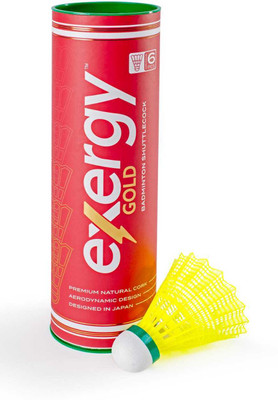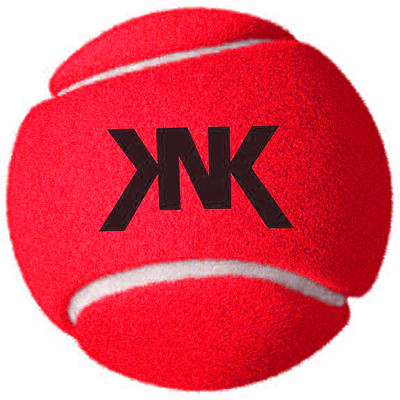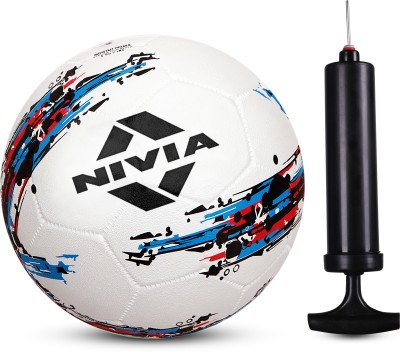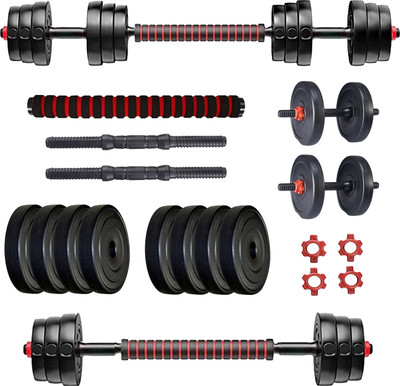
KRISSDIL PERFLY Badminton Racket BR 100 Red 1 PCS- By Decathlon Badminton Kit
Share
KRISSDIL PERFLY Badminton Racket BR 100 Red 1 PCS- By Decathlon Badminton Kit
4
3 Ratings & 0 Reviews₹686
₹1,199
42% off
Available offers
T&C
T&C
T&C
T&C
Delivery
Check
Enter pincode
Delivery by30 Aug, Saturday
?
if ordered before 4:59 AM
View Details
Highlights
- Sport Type: Badminton
- Ideal For: Senior, Men, Women
- Color: Red
- Width: 10 cm, Height: 66.5 cm, Depth: 4 cm
Services
- Cash on Delivery available?
Seller
Description
Made for
occasional and/or beginner badminton players looking for a sturdy and powerful racket at an affordable price.
Advantages
Robustness
The aluminium head and steel shaft make the racket very sturdy.
Power
This head-heavy racket offers excellent power.
Handling
The aluminium head makes this racket easy to handle on the court.
Frame: The frame of a badminton racket is typically made of lightweight materials such as graphite, carbon fiber, aluminum, or a combination of these. The frame provides the structure and shape of the racket.
Head Shape: Badminton rackets generally come in two main head shapes—oval and isometric. The choice of head shape affects the sweet spot and overall performance of the racket.
Head Size: The head size, measured in square inches, is the area of the racket where the strings are strung. A larger head size typically provides a larger sweet spot, offering more forgiveness for off-center shots.
Strings: The strings are stretched across the racket head and play a crucial role in determining the power and control of the shots. Players can customize string tension and material based on their playing style.
Grip: The grip is the handle of the racket, where the player holds it during play. Grips come in different sizes, and players often choose one that feels comfortable in their hand. Grips can also be wrapped with overgrips for additional comfort and sweat absorption.
Shaft: The shaft connects the handle to the racket head. It can be flexible, medium, or stiff, influencing the feel and control of the racket. The shaft's flexibility also impacts the transfer of power to the shuttlecock.
Weight: Badminton rackets come in a range of weights, typically between 80 to 100 grams. The weight affects the balance and maneuverability of the racket. Lighter rackets are easier to maneuver, while heavier ones may provide more power.
Balance Point: Racket balance is categorized as head-light, even-balance, or head-heavy. This refers to the distribution of weight along the length of the racket, influencing the feel and playability.
T-Joint: The point where the shaft and frame meet is called the T-joint. This joint adds stability to the racket and contributes to its overall durability.
When choosing a badminton racket, players often consider their playing style, skill level, and personal preferences. It's essential to find a racket that complements individual strengths and addresses specific playing needs. Players may also experiment with different rackets to find the one that suits them best.
Read More
Specifications
Important Note
|
In The Box
| Set Contents |
|
| Sales Package |
|
General
| Brand |
|
| Color |
|
| Model Name |
|
| Ideal For |
|
| Sport Type |
|
| Part Number |
|
| Exercise Type |
|
| Designed for |
|
| Number of Inner Compartments |
|
| Number of Outer Compartments |
|
| Material |
|
Dimensions
| Width |
|
| Height |
|
| Depth |
|
| Weight |
|
Ratings & Reviews
4
★
3 Ratings &
0 Reviews
- 5★
- 4★
- 3★
- 2★
- 1★
- 2
- 0
- 0
- 1
- 0
Have you used this product? Be the first to review!
Be the first to ask about this product
Safe and Secure Payments.Easy returns.100% Authentic products.
Back to top












